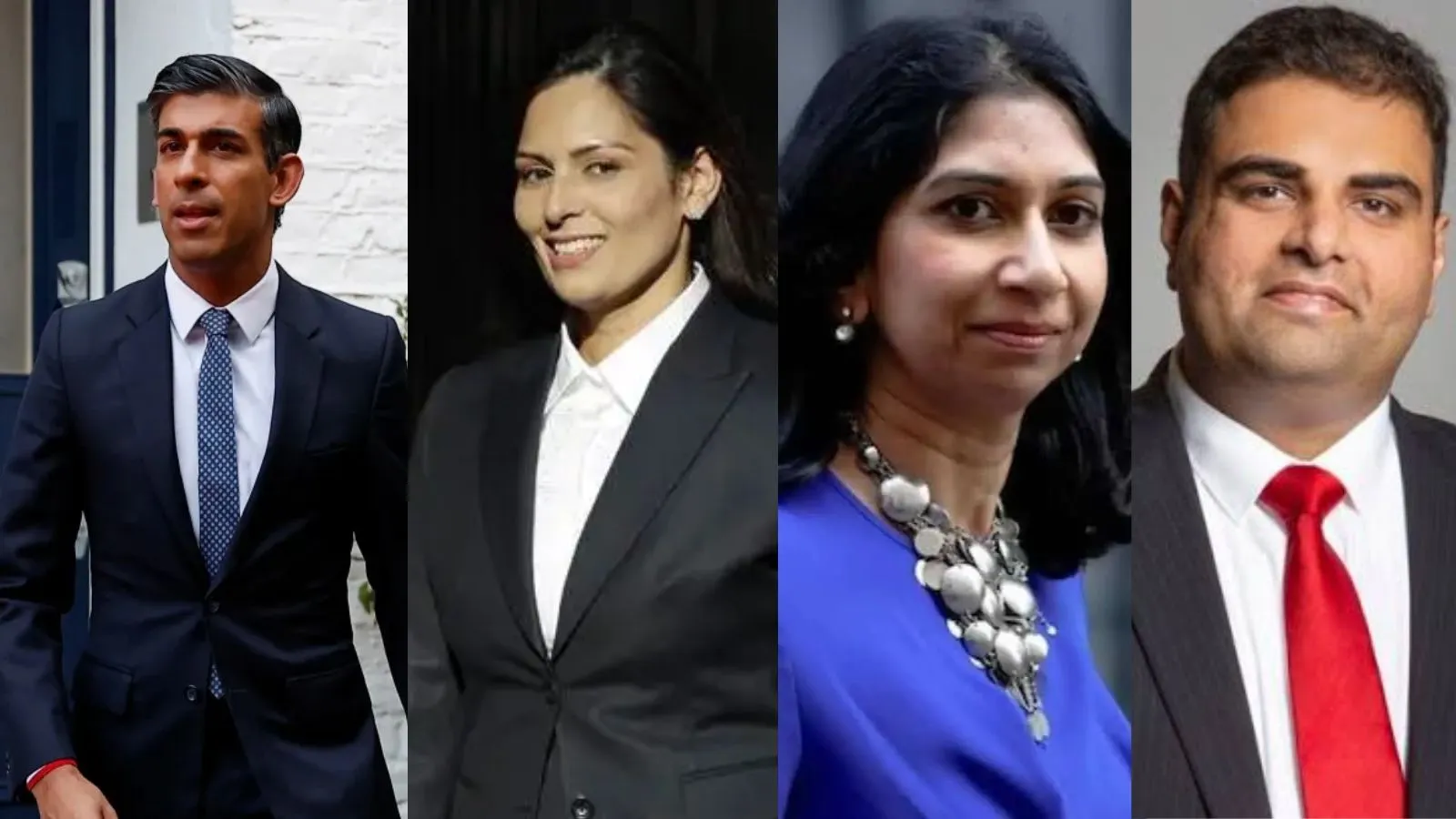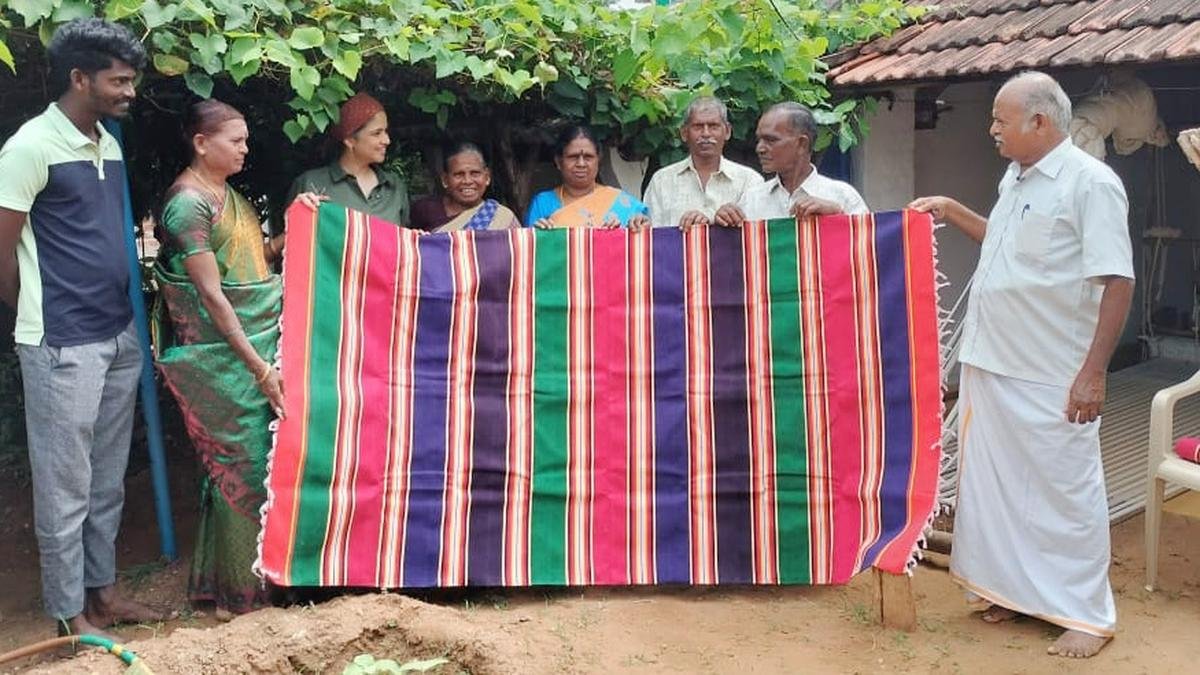But what makes her moving and towering tale absolutely incomparable and extraordinary, is her Indian origin and her royal lineage as a direct descendant of Tipu Sultan, (born Nov 20, 1750 – died May 4, 1799), the ruler of Mysore
She was the first woman British secret agent of the SOE (Special Operations Executive), codenamed ‘Madeleine’ to be sent across enemy lines in Occupied France during World War II, a vital link and lifeline for the underground French Resistance in occupied France, battling against the almost invincible, vice-like grip of Germany’s Nazi forces under Hitler. Her other aliases were ‘Nora Baker’, ‘Jeanne Marie Renier’ and her radio call-sign that simply addressed her as ‘Nurse’.
Her overpowering tale is one of raw courage, grit, sacrifice – and ultimately death. She was betrayed, captured and executed as a spy in the Dachau concentration camp in Germany on September 13, 1944; a beautiful and illustrious life cut short at 30.

Until not so long ago, scarcely anyone except for immediate family members, close friends in England, Europe, America, and some in India, too, perhaps, had vaguely heard about her.
So for the most part, Noor Inayat Khan would continue to remain a shadowy blur, cloaked in a fog of near ignorance and indifference, and most people remained unaware of her invaluable services to King and country as a British spy.
However, as time went by, the mist began to clear and a book – “Spy Princess: The Life of Noor Inayat Khan” was published by writer, journalist and historian Shrabani Basu in 2006, acted as a powerful catalyst.

It didn’t take long for the tiny ripples of interest to grow into a raging storm of adulation and awe for this fearless woman and her sacrifice as a true patriot for England. Indeed, Noor became a sensation overnight, throughout the length and breadth of England, on the Continent, especially France, across America and most certainly in India, the land of her forefathers.
As a tribute and to preserve her memory for generations to come, Basu set up the Noor Inayat Khan Memorial Trust. It was unveiled in London’s Gordon Square by Princess Anne in November 2012. Two years later, Britain’s postal service Royal Mail issued a stamp to honour Noor in March 2014. A campaign to have her as the face of the new 50 Pound note in England is still ongoing. The other Indians honoured with the Ble Plaque Award are Mahatma Gandhi, Jawaharlal Nehru and BR Ambedkar.
Other honours and awards given to Noor posthumously include the George Cross by Great Briitain. Only three women have been given this award. The Croix de Guerre award from France.
In 2020, Shrabani Basu was invited by the English Heritage group to unveil the Blue Plaque Award in London to honour Noor. Basu had been campaigning relentlessly for the conferment of this award since 2016. In that same year, the English Heritage group had launched a “Plaques for Women” campaign and Noor is the first woman of Indian origin to be commemorated with the Blue Plaque.
It didn’t take long for the tiny ripples of interest to grow into a raging storm of adulation and awe for this fearless woman and her sacrifice as a true patriot for England. Indeed, Noor became a sensation overnight, throughout the length and breadth of England, on the Continent, especially France, across America and most certainly in India, the land of her forefathers.
The Blue Plaque Award goes back to 1863, the brainchild of British statesman William Ewart. He placed a proposal in the House of Commons for commemorative plaques on house/buildings where important / famous persons had once lived. Finally, The idea took shape and substance in the hands of the Royal Society of Arts (RSA).
In 1986, the Blue Plaque scheme passed into the hands of English Heritage. Incidentally the first Blue Plaque was put up at 24 Holles Street, Cavendish Square, the birthplace of Lord Byron.

But what makes Noor’s moving and towering tale even more incomparable and extraordinary, is her Indian origin and royal lineage as a direct descendant of Tipu Sultan, (born Nov 20, 1750 – died May 4, 1799), the ruler of Mysore.
Her real name is Noor-un-Nisa Inayat Khan, born January 1, 1914, in Moscow to an Indian Sufi mystic of noble birth and musician of Hindustani music, Inayat Khan, and American mother, Pirani Ameena Begum, originally named Ora Ray Baker, from Alburquerque, New Mexico, USA. Inayat Khan’s great-great-Grandfather was Tipu Sultan. The Tomb of Hazrat (a title conferred in later years) Inayat Khan lies within the Hazrat Nizamuddin Aulia Dargah Complex, New Delhi, India.
Noor was the eldest of four siblings. The others in descending order are Vilayat Khan (1916-2004), Hidayat Khan (1917-2016) and Khair-un-Nisa (1919-2011).
Multicultural influences have certainly payed a defining role in shaping the life and personality. And it certainly wasn’t her biological and genetic DNA, but an amalgam of several other social and cultural factors that added immensely to the breadth and depth, indeed to the total expanse and layers that went into the flowering of a remarkable human being.
But 1914 was a tumultuous time. Europe then was sitting on a powder keg with World War 1 threatening to break out at any time. Soon after Noor’s birth in Moscow, the family decided to move to England, and they lived for some time in Bloomsbury, London.
In 1920, when Noor was 7, the family decided to move again, this time to France, settling down in a place called Suresnes, near Paris. At 13 in 1927, Noor’s father passed away. Noor completed her education with Child Psychology from Sorbonne, one of the most prestigious universities of France with a worldwide reputation. She also took music lessons at the Paris Conservatory, studying both harp and piano.
Noor began her career as a writer, publishing her poetry and children’s stories in English and French. In 1939, her book “Twenty Jataka Tales”, was published in London.
Her real name is Noor-un-Nisa Inayat Khan, born January 1, 1914, in Moscow to an Indian Sufi mystic of noble birth and musician of Hindustani music, Inayat Khan, and American mother, Pirani Ameena Begum, originally named Ora Ray Baker, from Alburquerque, New Mexico, USA. Inayat Khan’s great-great-Grandfather was Tipu Sultan. The Tomb of Hazrat (a title conferred in later years) Inayat Khan lies within the Hazrat Nizamuddin Aulia Dargah Complex, New Delhi, India.
When World War II broke out, Noor with all other members of the family, fled to Bordeaux and then escaped by sea to Falmouth, Cornwall, on June 22, 1940. Shortly afterwards, Noor joined the British Women’s Auxillary Air Force as an aircraftswoman and was sent to be trained as a wireless operator.
In time she was selected to work as a wireless operator for the Special Operations Executive, a euphemism for the British secret service. She became the first woman to be sent behind enemy lines in France, under German occupation at the time.
Throughout the course of the war, the SOE came to be known as “Churchill’s Secret Army” or as the “Ministry of Ungentlemanly Warfare”, The Special Operations Executive (SOE) was a secret British World War II organisation. It was officially formed on July 22, 1940, under Minister of Economic Warfare Hugh Dalton. At one time, the organisation directly employed or controlled more than 13,000 people, about 3,200 of whom were women. After the war, the organisation was officially dissolved on January 15, 1946.
Noor’s job, now under the code name ‘Madeleine’ with the French Resistance underground group, was to sabotage communication lines. But disaster struck quickly and within days, her circuit collapsed and her colleagues were arrested.
Although the threat of imminent capture and death was staring her in the face, Noor refused to abandon her post since she was the last radio operator left in Paris, even when the British secret service had a foolproof plan for her escape out of France.
She was successfully able to dodge the Gestapo for some time, but by late 1943 her luck had run out. She was betrayed, arrested and imprisoned in France at Avenue Foch. Undaunted, she made two dramatic escape attempts, but was recaptured and sent to Germany. Here she was interrogated, tortured and finally sent to Dachau, where she was shot by a firing squad.

The Germans were not able to learn anything from her – not even her real name. What stands out in this incredible saga of extreme courage is not Noor’s tragic death at the hands of a German firing squad or the ignominy of burial in some unmarked grave, but it is the triumph of the human spirit to remain steadfast and unyielding to the very end, never abandoning the fact that duty and sacrifice for the country is all that matters.
Long live Noor Inayat Khan ‘Madeleine’! We Salute you on the occasion of India’s 72 nd Republic Day, for the legacy you leave behind for posterity of your Indian heritage. And may it continue to inspire the world and humanity, for “Greater love hath no man than this, that a man lay down his life for his friends” (A quotation from the New Testament of The Bible).
.
************************************************************************
Readers










